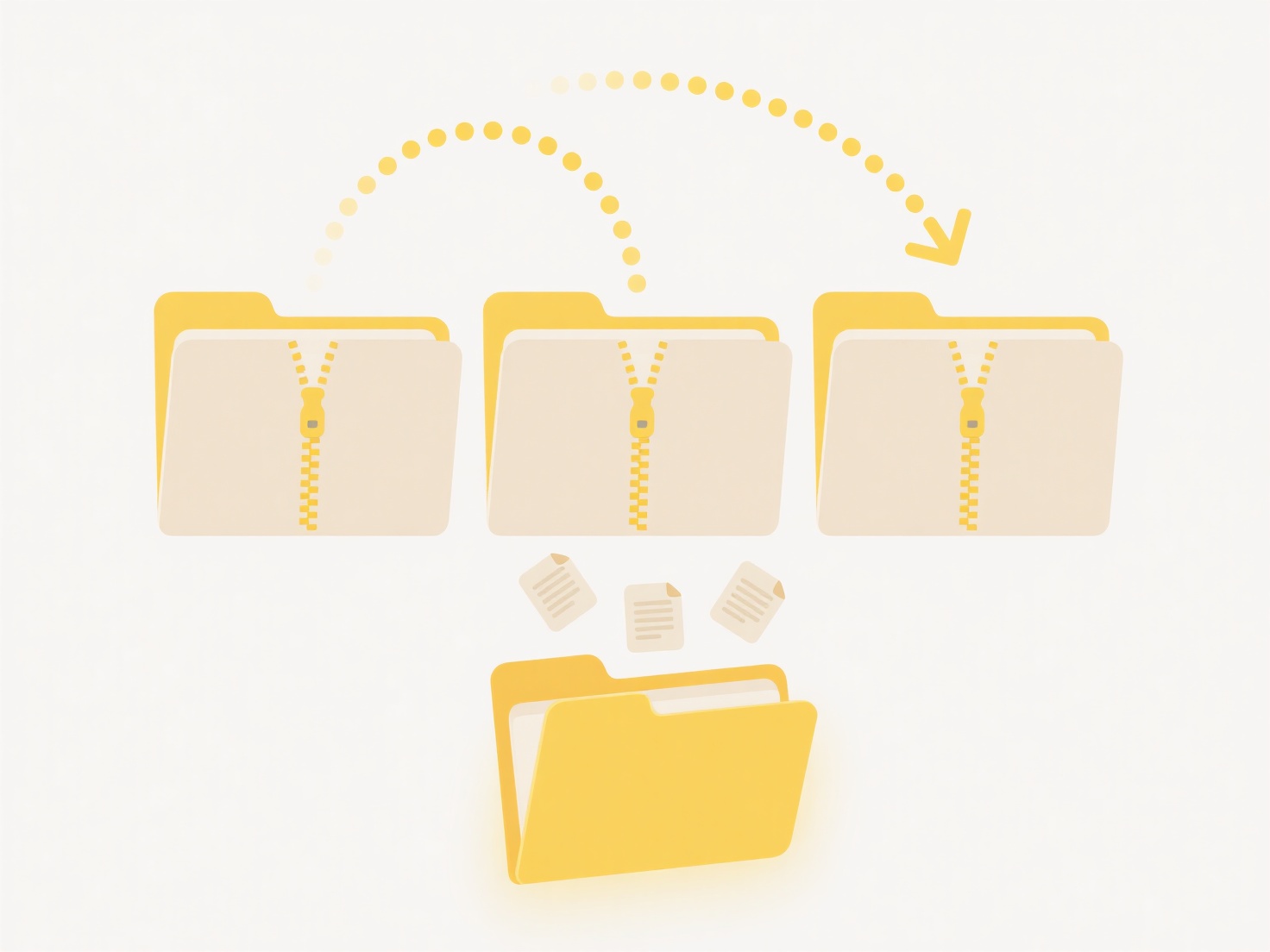
Being unable to save to a specific folder usually stems from insufficient permissions or technical restrictions. This means you lack the "write" authority granted by the file system or administrator. It differs from general read issues; even seeing files doesn't guarantee saving rights. Causes include administrator-set restrictions on system folders, shared network drives where access levels vary, folders flagged as "Read-Only", or the folder residing on a full drive or disconnected device.

For example, in a corporate setting, IT might lock down the C:\Windows\ directory to prevent accidental system changes, preventing non-admin users from saving files directly there. Similarly, on platforms like Google Drive, attempting to save a file directly to a folder shared with you as "Viewer" will fail because you lack edit permissions for that specific location.
The key advantage is security and system integrity, preventing unauthorized changes. Limitations involve frustration and disrupted workflows for legitimate users. Check folder properties for read-only flags, verify storage space, ensure connectivity for network paths, and request elevated access if administrative restrictions are the cause. Future developments might offer more granular permission controls to reduce this friction.
Why can’t I save to a specific folder?
Being unable to save to a specific folder usually stems from insufficient permissions or technical restrictions. This means you lack the "write" authority granted by the file system or administrator. It differs from general read issues; even seeing files doesn't guarantee saving rights. Causes include administrator-set restrictions on system folders, shared network drives where access levels vary, folders flagged as "Read-Only", or the folder residing on a full drive or disconnected device.

For example, in a corporate setting, IT might lock down the C:\Windows\ directory to prevent accidental system changes, preventing non-admin users from saving files directly there. Similarly, on platforms like Google Drive, attempting to save a file directly to a folder shared with you as "Viewer" will fail because you lack edit permissions for that specific location.
The key advantage is security and system integrity, preventing unauthorized changes. Limitations involve frustration and disrupted workflows for legitimate users. Check folder properties for read-only flags, verify storage space, ensure connectivity for network paths, and request elevated access if administrative restrictions are the cause. Future developments might offer more granular permission controls to reduce this friction.
Quick Article Links
How many levels deep should I organize folders?
Folder depth refers to the number of subdirectory levels used to organize files on a computer or server. Shallow structu...
What’s the best way to manage mobile downloads?
Mobile downloads refer to files saved on a mobile device from the internet or cloud storage services, such as music, vid...
How do I rename files using command-line tools (e.g., PowerShell, bash)?
Renaming files via command-line tools allows you to programmatically change file names using text commands, offering pre...